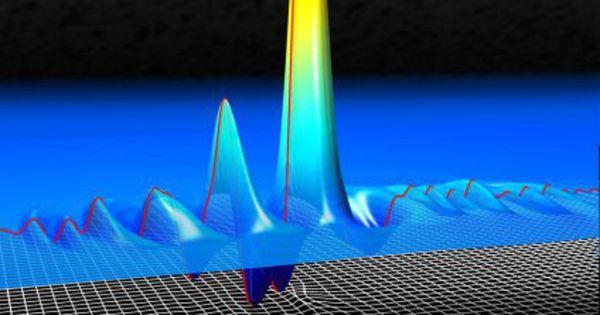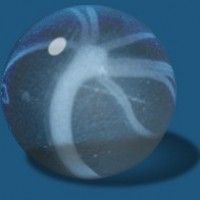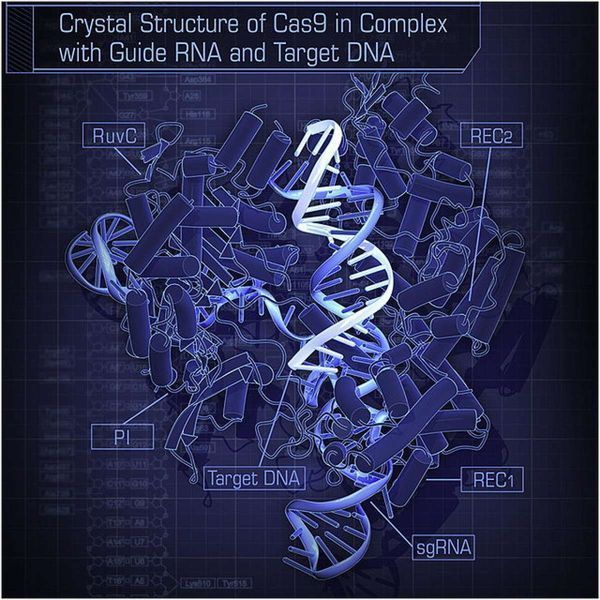This is, in my opinion, the real point of rebutting objections to rejuvenation.
If you’ve hung around here long enough, you probably know I have two pet peeves: ageing and money. If we assume the saying ‘Only two things are certain in life: death and taxes’ is true, then we’re forced to conclude that I advocate for the (indirect) elimination of the only two certainties in life. So, if you came here looking for certainties, I’m afraid you’re in the wrong place.
I’m (mostly) not joking. Lately I’ve been working a lot on the Answers to objections section, which together with a few discussions I’ve had on the Internet, got me thinking about the point of rebutting objections to rejuvenation. Generally, when I discuss the subject with somebody who’s not at all sold on the idea of rejuvenating people, I get the feeling they expect me to prove beyond doubt that nothing can possibly go wrong, either along the way between here and an ageless world or once that world has been reached. If my feeling is correct, opposers to rejuvenation may expect that my rebuttals are meant to prove that neither a post-ageing world, nor the journey to it, will present any problems or challenges.
This expectation is utterly unrealistic. It’s actually worse than that—it’s completely wrong. There’s no way in hell I (or anyone else) could guarantee that we won’t have a dictator ruling a nation for six centuries, or that environmental problems won’t be exacerbated, etc. The reason I can’t promise none of the above will happen is the very same reason why rejuvenation opposers can’t promise any of the above will happen: Nobody can actually predict the future.






